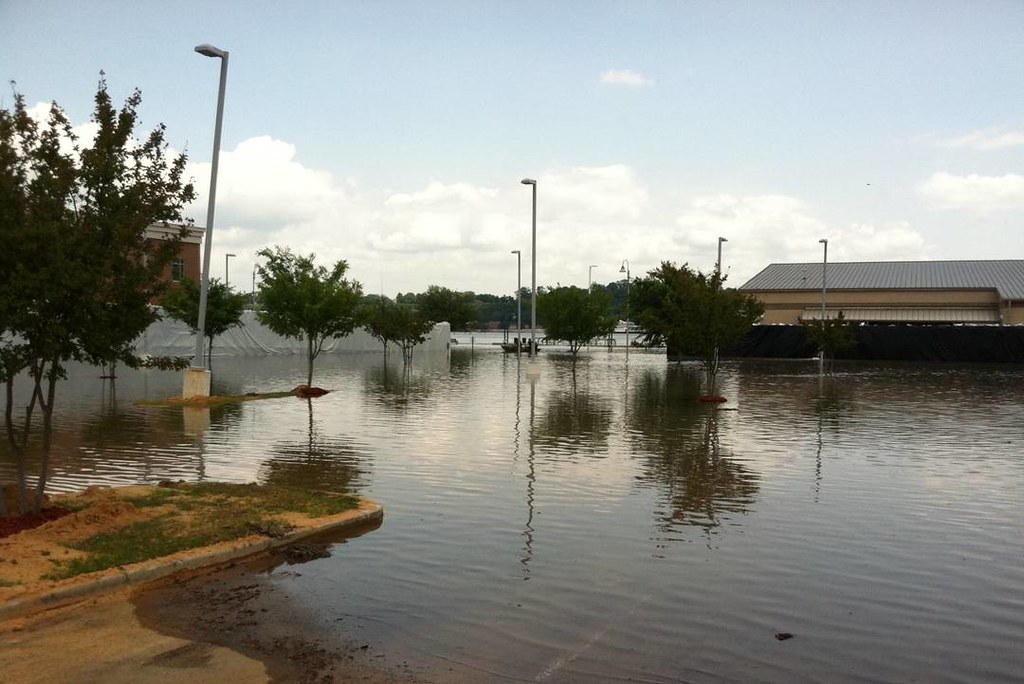Louisiana: Living on Borrowed Time
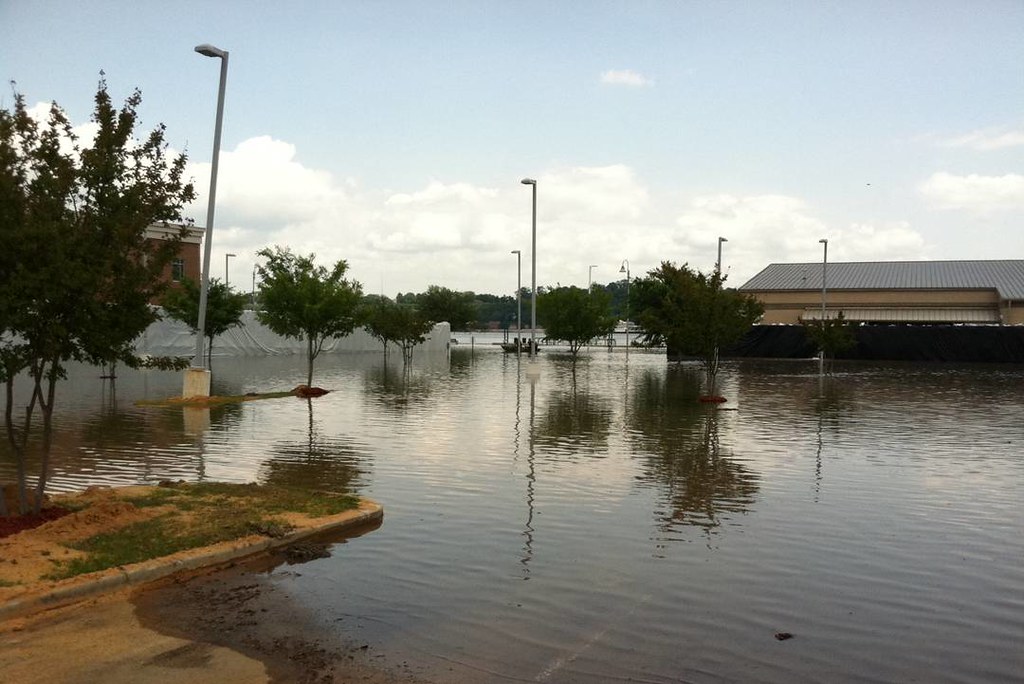
Louisiana loses roughly 25 square miles of land every year to rising seas and coastal erosion, making it the fastest-disappearing state in America. The 2024 Climate Risk Index ranked Louisiana as the most vulnerable state to climate disasters, with Hurricane Ida in 2021 causing $75 billion in damages alone. The state faces a perfect storm of threats: sea level rise accelerating at twice the global average, increasing hurricane intensity, and subsiding land that’s sinking at rates up to 2 inches per year in some areas. According to NOAA’s 2024 report, Louisiana experiences an average of 12 major weather disasters annually, compared to the national average of 3.5. The combination of aging infrastructure, poverty rates above 19%, and geographic location in Hurricane Alley creates a recipe for repeated catastrophe.
Florida: Paradise Under Siege

Florida’s $1 trillion economy sits precariously on a peninsula that’s becoming increasingly uninhabitable during peak hurricane season. The Insurance Information Institute reported that Florida accounted for 76% of all homeowner insurance lawsuits nationwide in 2023, largely due to climate-related damages. Sea levels around Miami have risen 8 inches since 1950, with projections showing another 14-26 inches by 2060 according to the Southeast Florida Regional Climate Compact. Hurricane Ian alone caused $112 billion in damages in 2022, making it the costliest hurricane in Florida’s history. The state’s flat topography, extensive coastline, and rapid population growth in vulnerable areas compound the risk, with over 2.5 million people living in FEMA flood zones.
Texas: Size Meets Severity
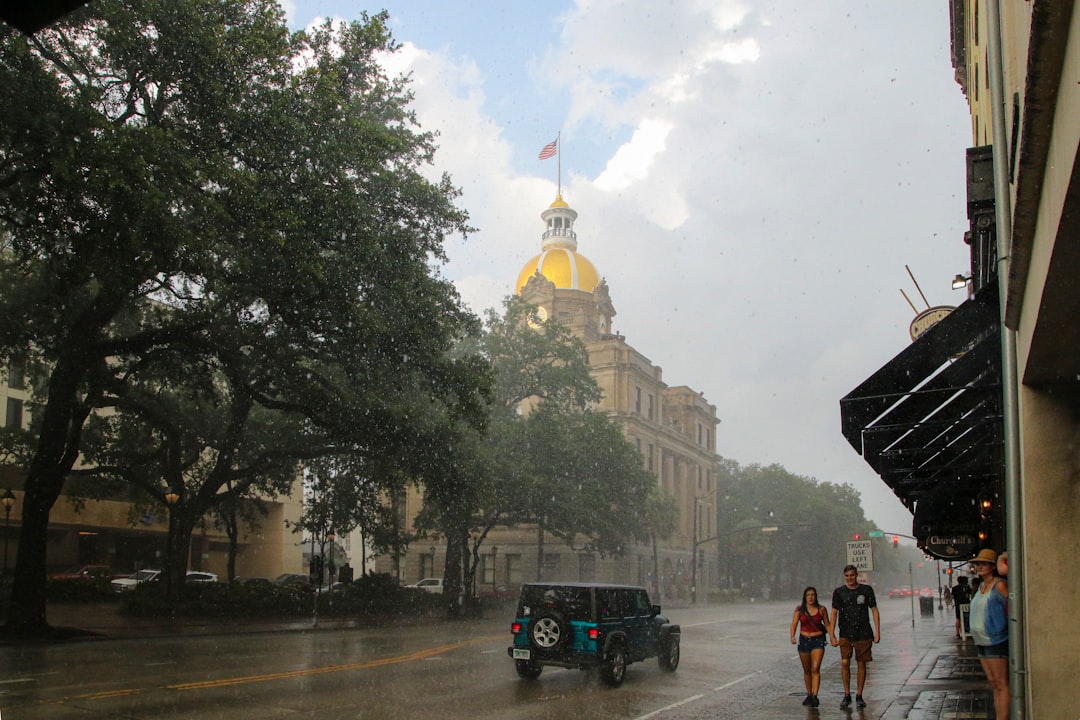
Texas experienced 28 billion-dollar weather disasters between 2020-2024, more than any other state according to NOAA’s database. The February 2021 winter storm alone killed over 200 people and caused economic losses exceeding $195 billion when the state’s power grid failed catastrophically. Climate Central’s 2024 analysis shows Texas faces increasing risks from extreme heat, with Dallas experiencing 40+ days above 100°F in 2023 compared to a historical average of 19 days. The state’s massive size means it faces multiple climate threats simultaneously: hurricanes along the Gulf Coast, droughts in the west, flooding in the east, and tornadoes throughout the middle. Despite having significant resources, Texas’s deregulated power grid and rapid population growth in vulnerable areas increase its climate vulnerability ranking.
California: Fire, Drought, and Fault Lines

California’s 2023 wildfire season burned over 324,000 acres, with the state spending $3.6 billion annually on firefighting according to CAL FIRE statistics. The ongoing megadrought has reduced snowpack levels to just 25% of normal in key watersheds, threatening water supplies for 40 million residents. Heat waves are becoming more frequent and intense, with Death Valley recording temperatures of 128°F in summer 2024, approaching world record levels. The Pacific Institute’s 2024 report identifies over 7 million Californians living in areas at high risk for multiple climate impacts, including wildfire, flooding, and extreme heat. California’s complex geography creates microclimates of risk, from coastal flooding in San Francisco to desert heat in the Central Valley, making statewide adaptation challenging.
Arizona: Desert in Crisis
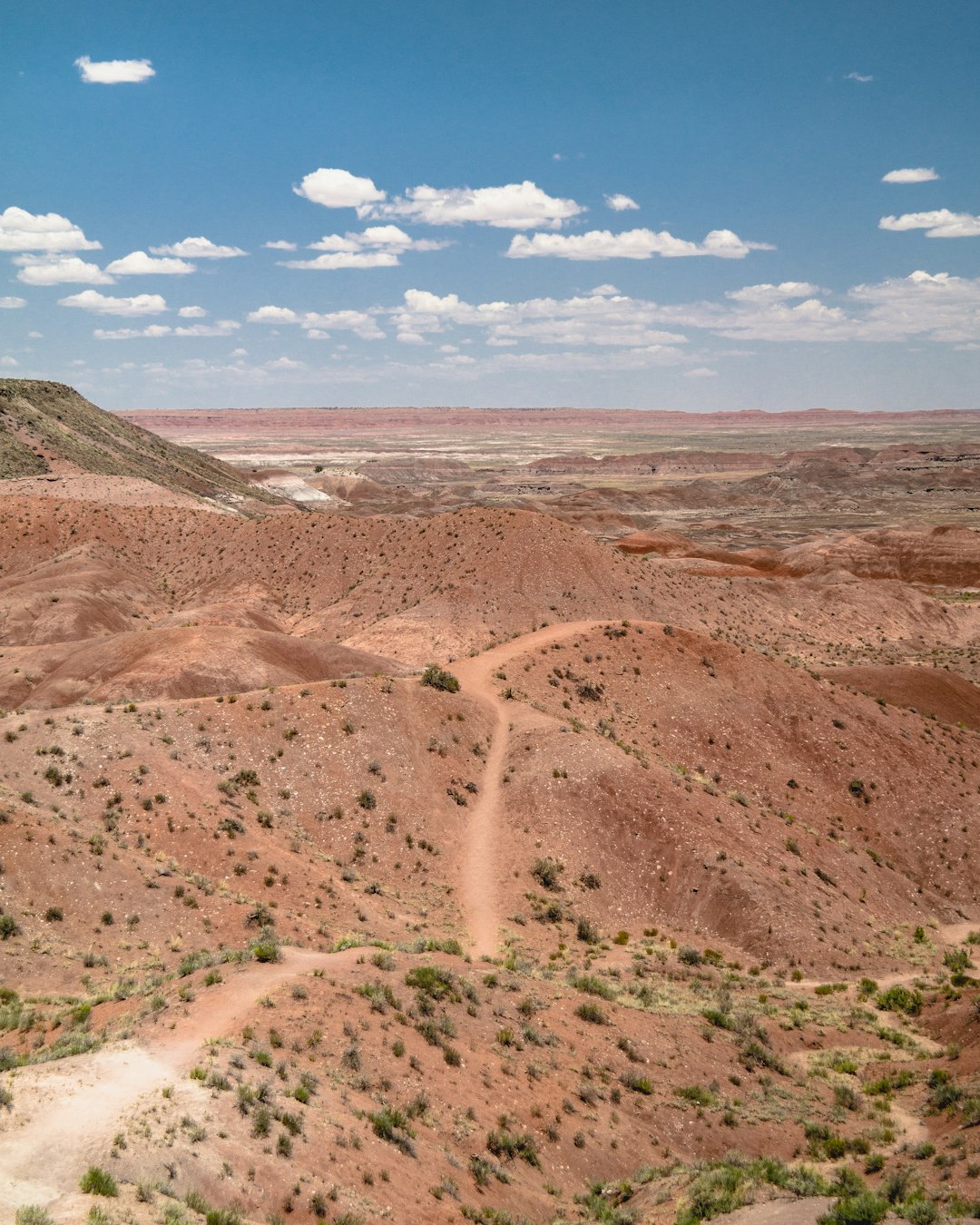
Phoenix broke temperature records in 2024 with 31 consecutive days above 110°F, surpassing the previous record of 18 days set in 1974. The Maricopa County Department of Public Health reported 645 heat-related deaths in 2023, a 50% increase from the previous year. Lake Mead, Arizona’s primary water source, sits at just 35% capacity as of late 2024, triggering Tier 2 water shortage declarations affecting millions of residents. The Urban Heat Island effect makes Phoenix particularly vulnerable, with some neighborhoods reaching surface temperatures of 150°F during peak summer months according to ASU’s 2024 urban climate study. Arizona’s rapid population growth, with over 100,000 new residents annually, strains already limited water resources and increases exposure to extreme heat events.
Vermont: Green Mountain Resilience

Vermont consistently ranks among the least vulnerable states to climate change, earning top marks in the EPA’s 2024 Climate Resilience Index. The state’s mountainous terrain and northern latitude provide natural protection from many extreme weather events, with average temperatures rising more gradually than southern states. Vermont’s comprehensive climate action plan, updated in 2024, has reduced greenhouse gas emissions by 24% since 2005 while building adaptive capacity across all sectors. The state’s small population of 647,000 and strong social cohesion enable rapid response to climate challenges, as demonstrated during Tropical Storm Irene recovery in 2011. Vermont’s investment in renewable energy has reached 75% of electricity generation from clean sources as of 2024, providing energy security and economic resilience.
Maine: Weathering the Storm

Maine’s rugged coast and experienced maritime culture create natural resilience to climate impacts, with the state ranking second-lowest in climate vulnerability according to Notre Dame’s 2024 Global Adaptation Initiative. The state’s lobster industry has actually benefited from warming waters, with 2023 catches reaching near-record levels as lobsters migrate northward from overheated southern waters. Maine’s relatively stable population and strong local governance systems enable effective climate adaptation planning, with 95% of coastal communities having updated flood management plans by 2024. The state’s extensive forests act as carbon sinks while providing economic diversification, with sustainable forestry contributing $8.5 billion annually to the state economy. Cold winter temperatures and abundant freshwater resources provide additional buffers against extreme heat and drought conditions affecting other regions.
New Hampshire: Live Free from Climate Risk

New Hampshire benefits from geographic advantages that minimize climate disaster risk, ranking in the top five most resilient states in multiple 2024 climate assessments. The state experienced zero billion-dollar weather disasters in 2023, compared to the national average of 3.5 per state according to NOAA data. New Hampshire’s granite bedrock and well-maintained infrastructure provide stability during extreme weather events, with 99.97% power grid reliability even during major storms. The state’s compact size and efficient emergency management systems enable rapid response and recovery, as demonstrated during the 2023 December ice storm that restored power to 95% of customers within 48 hours. Conservative fiscal management has created budget reserves that enhance climate adaptation funding, with $500 million allocated for infrastructure resilience projects through 2030.
Massachusetts: Innovation Meets Preparation

Massachusetts leverages world-class research institutions and technological innovation to build climate resilience, earning recognition as a leader in adaptation planning from the Georgetown Climate Center’s 2024 report. The state’s $25 billion investment in coastal protection and green infrastructure since 2018 has significantly reduced flood risk for 4.7 million residents. Boston’s innovative approach to sea level rise includes the Harbor Islands master plan and living shoreline projects that provide natural flood protection while supporting marine ecosystems. The state’s robust healthcare system and social services network create community resilience, with heat emergency response protocols credited with preventing deaths during 2024’s record-breaking summer temperatures. Massachusetts’ diversified economy and high education levels provide adaptive capacity, with 60% of workers employed in knowledge-based industries less vulnerable to climate disruption.
Connecticut: Small State, Big Resilience

Connecticut’s small size and wealthy economy create unique advantages for climate adaptation, with the state spending $2,100 per capita on resilience measures compared to the national average of $890 according to the Climate Resilience Fund’s 2024 analysis. The state’s updated building codes, implemented after Hurricane Sandy, require new construction to withstand Category 3 hurricane winds and 500-year flood levels. Connecticut’s aging but well-maintained infrastructure receives continuous upgrades, with 85% of critical facilities having backup power systems as of 2024. The Long Island Sound provides a natural barrier against the most severe Atlantic storms, while Connecticut’s position away from major fault lines and tornado alleys reduces exposure to other natural disasters. Strong regional cooperation through initiatives like the Regional Greenhouse Gas Initiative enhances the state’s ability to coordinate climate responses with neighboring areas.
Why Geography Still Matters
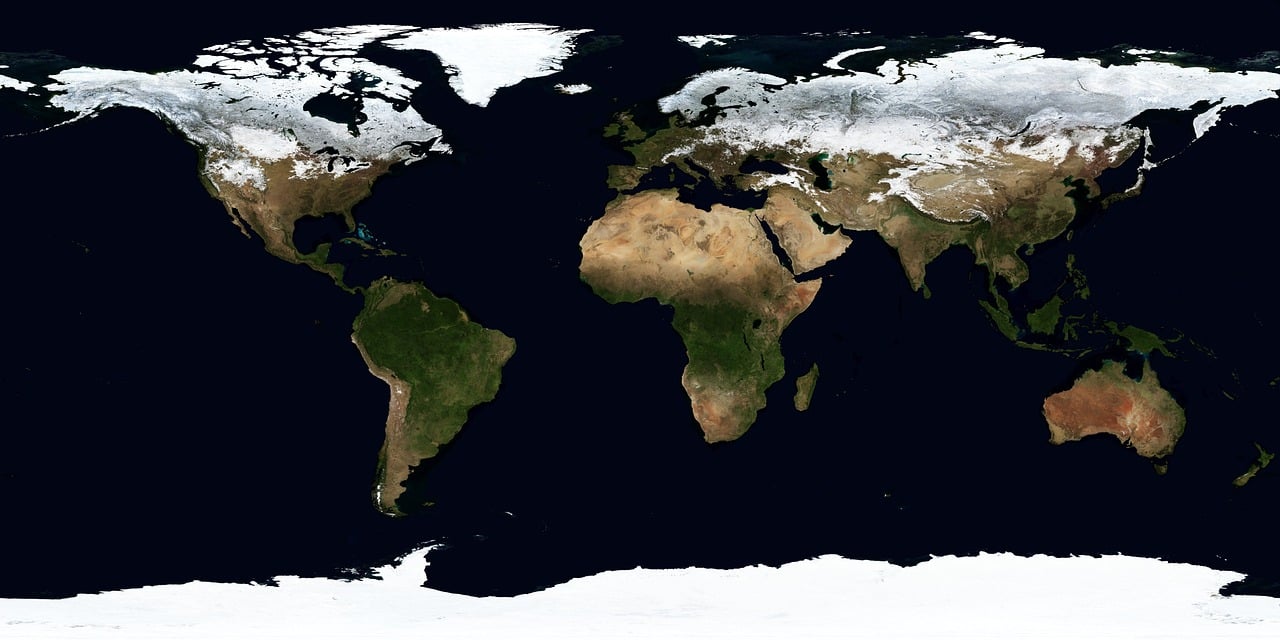
The stark contrast between vulnerable and resilient states often comes down to simple geography and geology that no amount of human intervention can completely overcome. States like Louisiana face the immutable challenge of subsiding land and rising seas, while Vermont benefits from stable bedrock and protective mountain ranges. However, human factors like infrastructure investment, governance quality, and social cohesion can significantly amplify or reduce natural advantages and disadvantages. The 2024 National Climate Assessment emphasizes that while location sets the baseline risk, state and local policy choices determine actual outcomes during climate disasters. This geographic reality is reshaping American demographics, with climate migration already beginning as residents flee the most vulnerable areas for safer ground.
The Infrastructure Divide

Resilient states consistently invest more in infrastructure maintenance and climate adaptation, creating a virtuous cycle of preparedness and quick recovery. The American Society of Civil Engineers’ 2024 Infrastructure Report Card shows that the five most resilient states average a B+ grade, while the most vulnerable states average D+. Modern building codes, upgraded electrical grids, and robust transportation networks provide the foundation for climate resilience that many vulnerable states lack due to budget constraints and political priorities. Federal disaster relief often flows to states that suffer repeated climate disasters, but this reactive funding pattern fails to build the proactive infrastructure that prevents disasters from becoming catastrophes. The infrastructure divide is widening as climate impacts accelerate, making early investment in resilience increasingly crucial for long-term viability.
What patterns do you see emerging in your own state’s climate preparedness?

